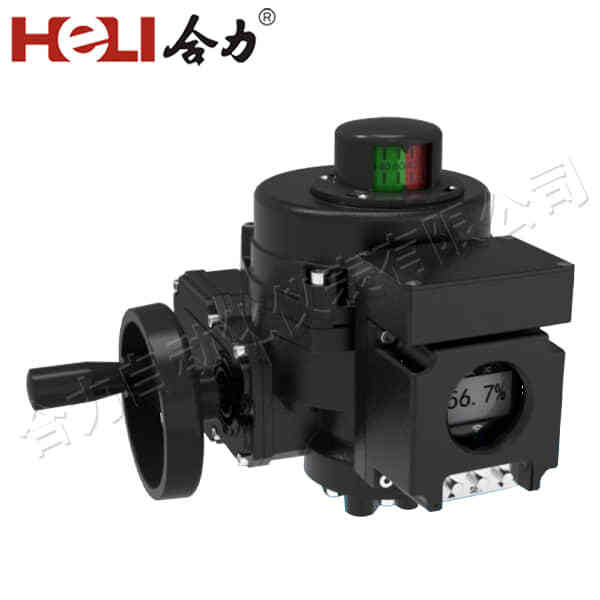
Electric actuator valves have become a cornerstone in the world of industrial automation, offering enhanced precision and reliability for controlling fluid and gas flow in various applications. As industries continue to seek efficient and automated solutions, electric actuator valves stand out as a versatile choice for systems requiring precise control of valves. These devices combine the power of electric motors with valve mechanisms, enabling remote control and automation for processes in a wide range of industries, including chemical, oil and gas, water treatment, and HVAC systems.

What are Electric Actuator Valves?
An electric actuator valve consists of two main components: the electric actuator and the valve body. The electric actuator is responsible for powering the valve, using an electric motor to open, close, or modulate the valve, while the valve body controls the flow of fluids or gases. The actuator receives a control signal, typically in the form of an electrical input such as voltage or current, and converts it into mechanical motion to drive the valve’s mechanism. This mechanism can range from rotating a ball valve, opening a butterfly valve, or lifting a gate valve depending on the type of valve in use.
